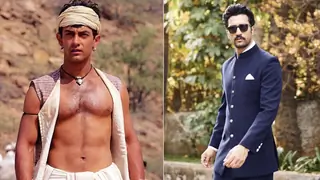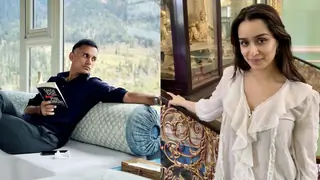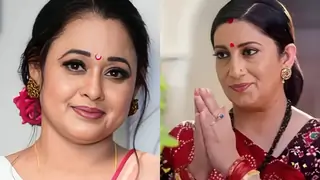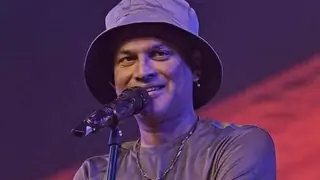Greetings friends.
I am gonna talk a bit about the instrument called esraj.
The esraj is one of the rarely recognized instruments in today's world. People hear the esraj, but they don't realize that it is there. The esraj comes from the Bengali word "anshuronjoni." The esraj found its advent around the time the harems took up to singing and performing musical shows, as well as the brahmana class wanting to accompany singers.
At the time, the only choice of instruments for them to play were sarangi and sitar. The sarangi's string were made of goat gut. The playing mechanism of sarangi requires one to insert the string between the fingernail and the flesh of the fingertip. Sliding up and down across such raw hide is difficult to create accurate pitch, not to mention how painful it is. The sitar was no less in difficulty and pain as the sarangi, for its large learning curve. Both of these instruments produced disfiguring fingers and causing ugly calluses to form.
As a result, musical engineers in West India invented a hybrid between sitar and sarangi and called it dilruba. The sarangi's characteristic sound was retained, but the strings were main of metal which required the use of fingertips, not fingernails, to play this. There were frets located to help identify where the notes are.
The sarangi also found its clash with the brahmana, or the priest class, of India. The brahmanas found it unclean to touch a dead animal's guts. As a result, in Eastern parts of India, the union of the sarangi, sarinda, and sitar formed an instrument called the esraj. Rabindranath Tagore loved this instrument and wanted to have this instrument accompany him for his songs.
Even though this started as a folk instrument, it eventually gained reputation as a classical instrument. The most famous prodigies of this instrument were the late Ud. Allaudin Khan (father of Ud. Ali Akbar Khan) and the late Pt. Randhir Roy. Pt. Randhir Roy was the one who took this instrument to great hights. He added more strings, an upper tumba, and a bigger body for a more richer sound. After his passing away in 1988, the esraj was a fun instrument to try out, but no real prodigies ever came again of the esraj.
Here is a picture of me playing the esraj.
http://www.india-forums.com/uploads/kishorebhakta/2006-03-20 _190622_side_esraj.jpg




















